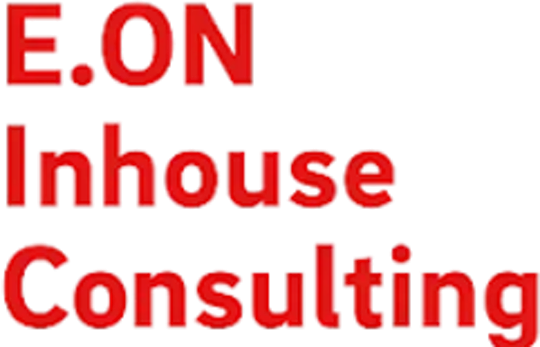Sometimes, after finishing a market sizing question, the interviewer asks us what assumptions we think could change in our approach or what assumptions could vary.
I am not sure what to answer to these questions. Should we just pick one assumption from our answer and say that it could be different?
I don't know if my answer if clear, but if you could also give me an example that would be great!




